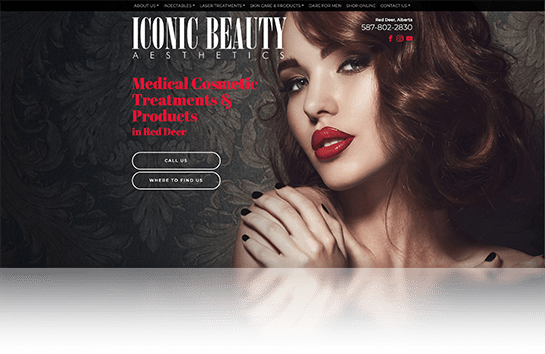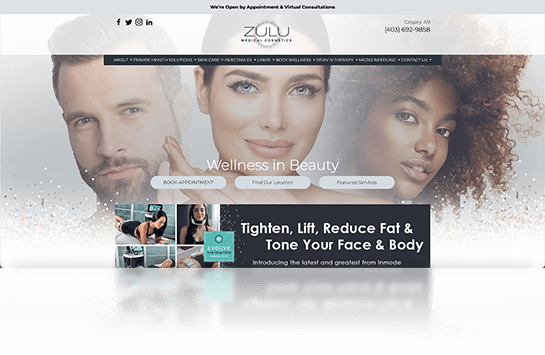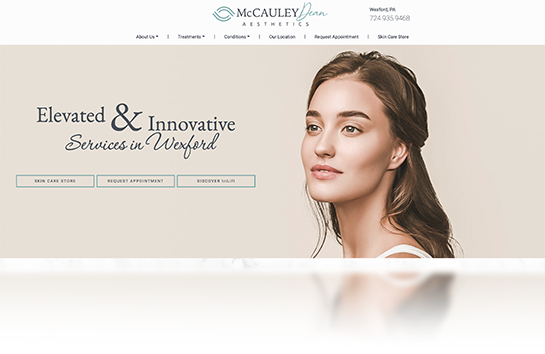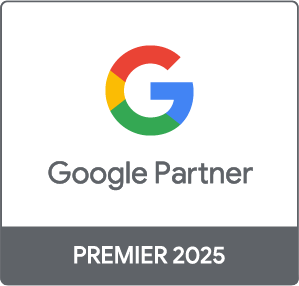Influencer marketing has become an essential way to connect with your audience—and medspas especially have found success through influencers.
Influencer marketing involves partnering with influential individuals on social media platforms to promote a product or service. Modern marketing methods like influencers allow you to showcase your brand, services, and treatments to the right people with added credibility.
For medical aesthetics practices, this can be a powerful tool for building brand recognition and reaching new potential patients. Partnering with influencers in the beauty and fashion industries can be particularly effective, as these individuals often have a large following of folks who are interested in aesthetic services.
Let’s dive into the power of influencer marketing and how it can help your medspa grow.
What is an Influencer?
At its core, an influencer is someone within your niche or industry with sway over your target audience.
Influencers aren’t a new concept in marketing. Companies have long used public figures like celebrities and athletes to help sell their products, but social media has made other, sometimes more accessible, types of influencers more popular.
Influencers generally fit into the following categories:
- Social media or content creator influencers
- Industry experts & thought leaders
- Celebrities (artists, athletes, and pop culture icons)
Influencer Subcategories
There are also five subcategories of content creator influencers, each based on their number of followers:
- Nano-influencers: 1K to 10K followers
- Micro-influencers: 10K-100K followers
- Mid-tier influencers: 100K to 500K followers
- Macro influencers: 500K to 1M followers
- Mega influencers: 1M+ followers
Nano-influencers have the highest engagement rate at 2.53%. Micro-influencers have an engagement rate of 1.06%, mid-influencers come in at 0.91%, macro-influencers at 0.86% and mega-influencers at 0.92%. The average engagement rate of Instagram influencers is 1.9%.
The Power of Micro-Influencers
Micro-influencers may not be celebrities or experts, but they foster passionate communities and create authentic content, helping them to easily influence their followers’ purchases.
The power of micro-influencers lies in their authenticity. Their content is typically geared to a specific niche, like holistic beauty or facial treatments, and so are their followers. Micro-influencers provide direct advice to these followers, and their recommendations are valued and trusted.
Scouting Influencer Partnerships
When scouting potential influencer partners, it’s important to consider some factors to ensure that they are a good fit for your brand and marketing goals. Here are some tips for finding the right influencers:
- Define your target audience: Start by identifying your target audience and the type of influencer most likely to reach them. Typically, in aesthetics, women aged 30–65 are ideal targets—the types of influencers that are effective at reaching this audience are:
- Lifestyle influencers
- Beauty influencers
- Health and wellness influencers
- Travel influencers
- Fashion influencers
- Consider influencer engagement: Look for influencers with high levels of engagement on their social media accounts (a 1-3% engagement rate is average), as this is a good indicator that their followers are highly engaged and interested in their content. When speaking to influencers about a potential agreement, you can ask them to provide more in-depth information. They often have rate cards that will show their stats and rates for different content types.
- Consider compensation: Influencers with very large followings often ask for a lot of compensation. Try to find influencers with 20,000–50,000 followers, as they are more likely to agree to a gifting or commission/affiliate-based agreement vs monetary compensation.
- Check for authenticity: Check that the influencer is authentic and has a genuine following. Use tools like SocialBlade or HypeAuditor to verify their followers and engagement rates.
- Evaluate their reputation: Check for any past controversies or negative news that could reflect poorly on your brand if you partner with them.
Proposing an Influencer Marketing Agreement
Once you have identified potential influencers, you will need to reach out to them and propose a marketing agreement. Here are some tips for proposing a marketing agreement:
- Be clear about your goals: Explain your goals for the partnership and what you hope to achieve. This could include increasing brand awareness, driving traffic to your website, or promoting a new service.
- Provide clear guidelines: Provide clear guidelines on what you expect from the influencer in terms of content, posting frequency, and messaging.
- Negotiate compensation: Negotiate compensation with the influencer. Compensation could include payment per post, a percentage of sales (often tracked through affiliate links), or gifts like free services or products.
- Agree on a timeline: Agree on a timeline for the partnership, including when content will be posted and how long the partnership will last.
- Sign a contract: Have the influencer sign a contract that outlines the terms of the partnership, including compensation, content guidelines, and timeline.
Evaluating Influencer Marketing Success
Evaluating the success of an influencer marketing campaign is a continuous process. By monitoring and analyzing the right metrics, you can measure the effectiveness of your campaign, make data-driven decisions, and optimize your marketing efforts for better results in the future.
Start by defining the specific goals and objectives of your influencer marketing campaign. These could include metrics such as reach, engagement, website traffic, lead generation, or sales. Identifying your KPIs can help you assess the campaign’s success more effectively.
Analyze your sales data during the campaign period and compare it to previous periods. This will help you determine if the influencer marketing efforts resulted in a measurable increase in sales or return on investment (ROI). You can also consider using specific discount codes or affiliate links to track sales generated directly from the campaign. Always ask new patients how they heard about you and store this data so you can evaluate the success of all of our marketing efforts.
Key Takeaways
By carefully selecting influencers that resonate with your medspa, you can harness the credibility and trust they’ve built up. Through strategic partnerships, clear communication, and ongoing analysis, influencer marketing can help your practice grow and thrive.
To learn more about marketing and how it can help you reach your medspa goals, reach out to our team and schedule your audit.









